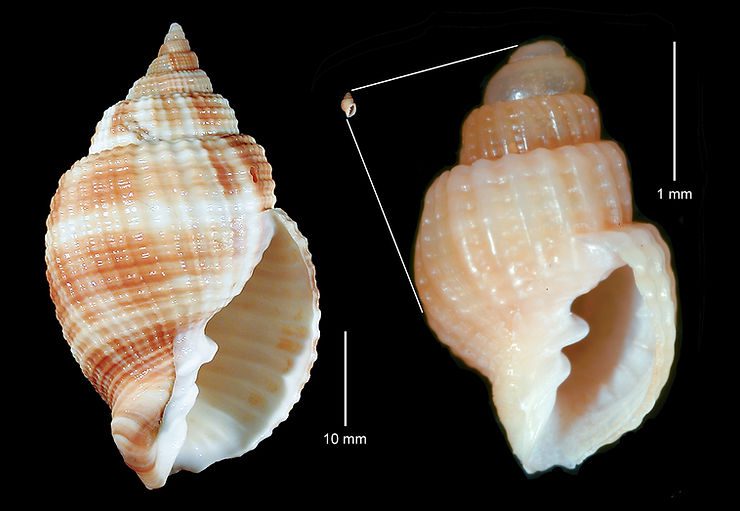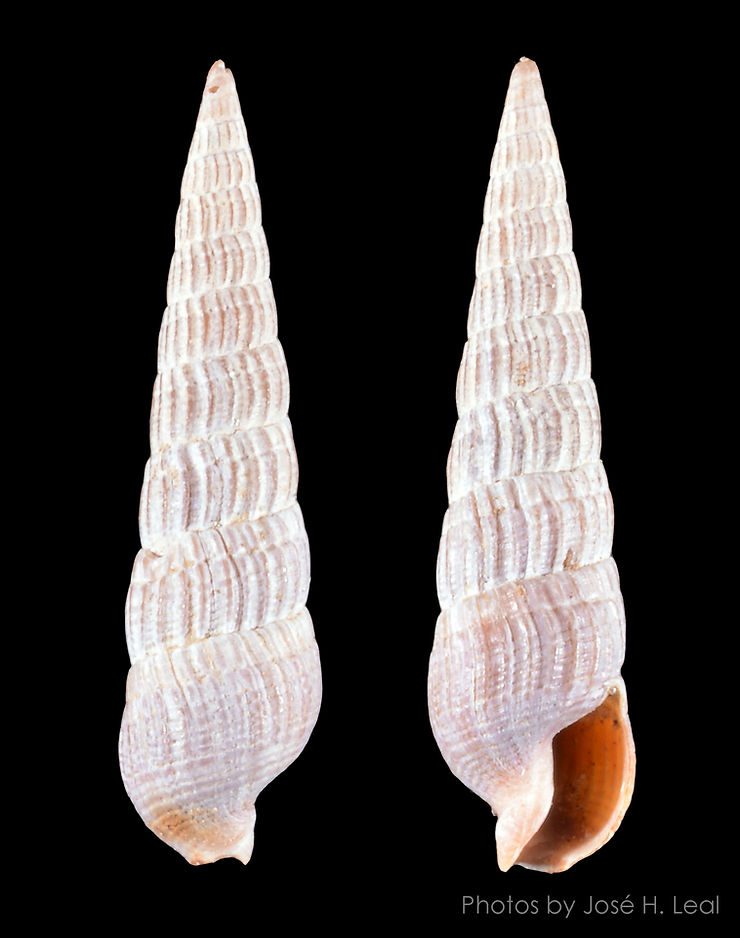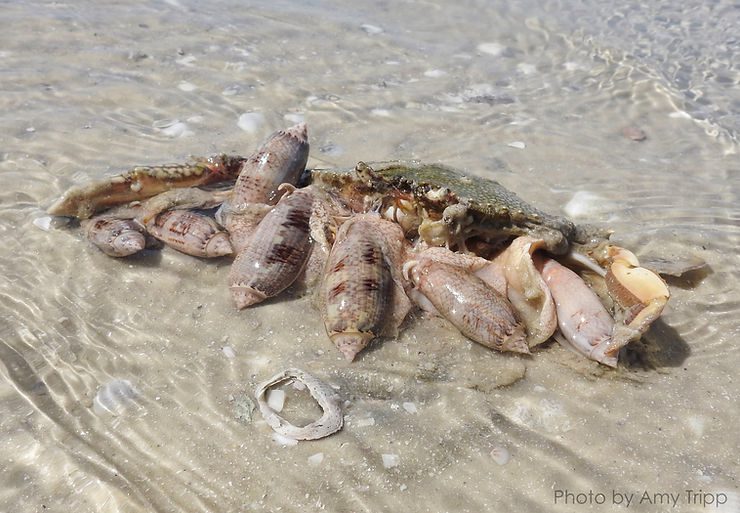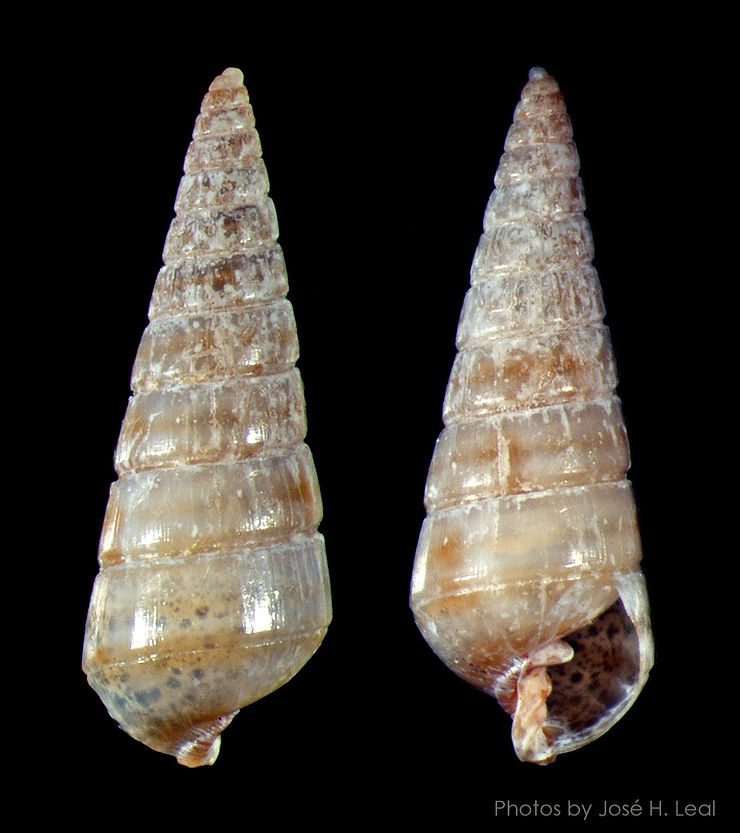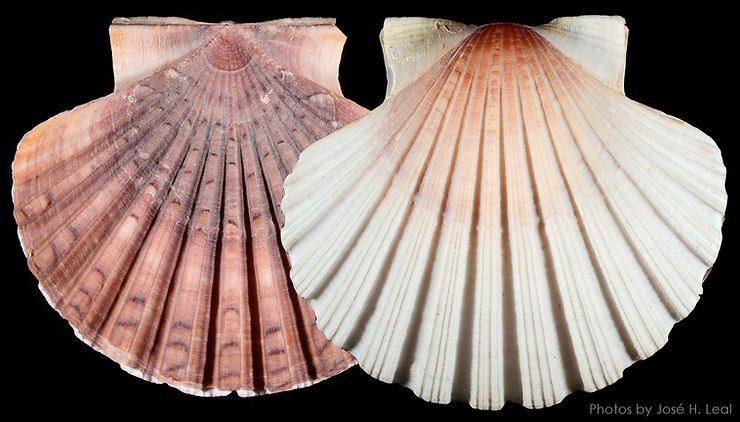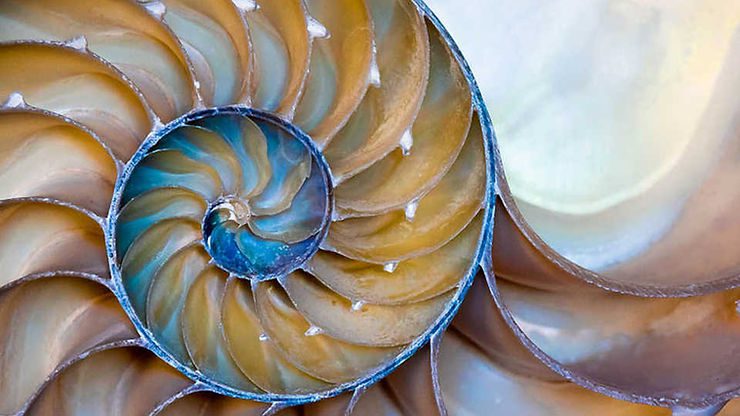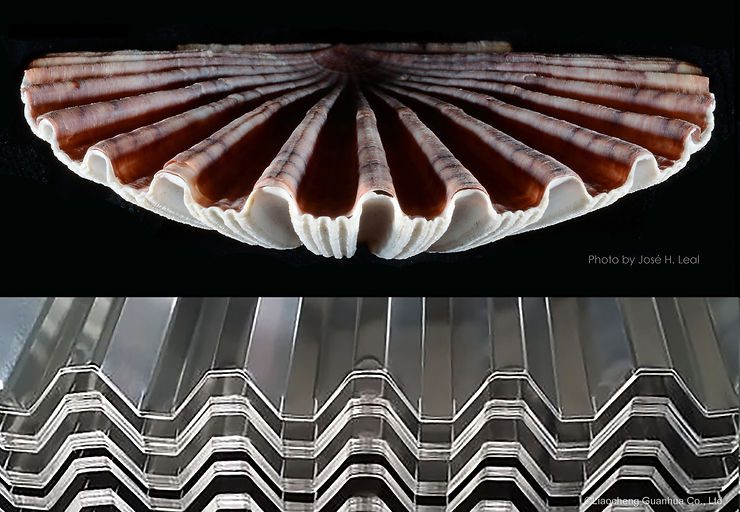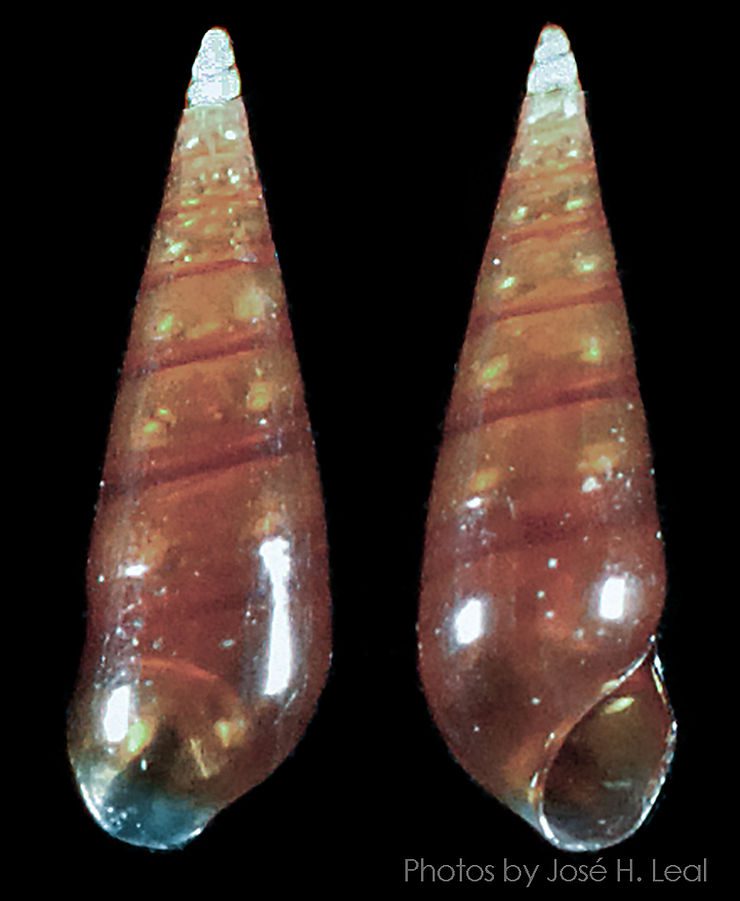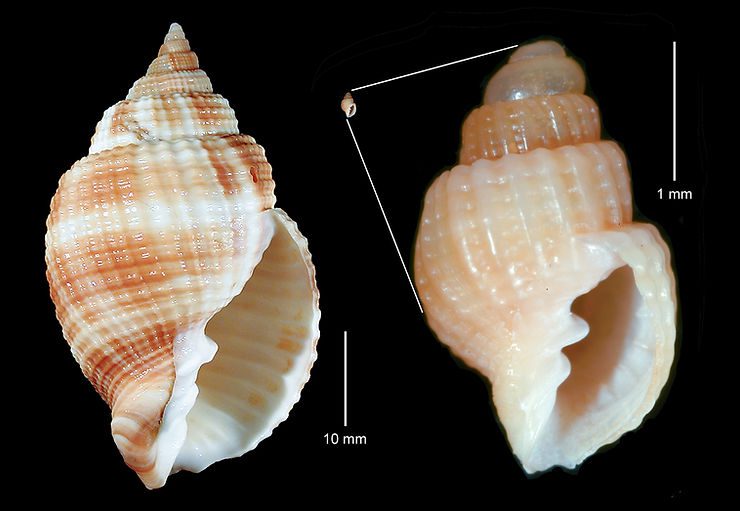
A Young Nutmeg
On July 25, 2014, I presented the Common Nutmeg, Cancellaria reticulata (Linnaeus, 1767), including a photo of the live snail. Today, I want to show a young, or juvenile, shell of that species. After settling to the bottom (in the case of mollusks with a planktonic, free-living larva) or hatching from an egg capsule (when there is no planktonic larval stage), young marine snails generally resemble adults of their species, though sometimes with different proportions, colors, or shell textures. Th

